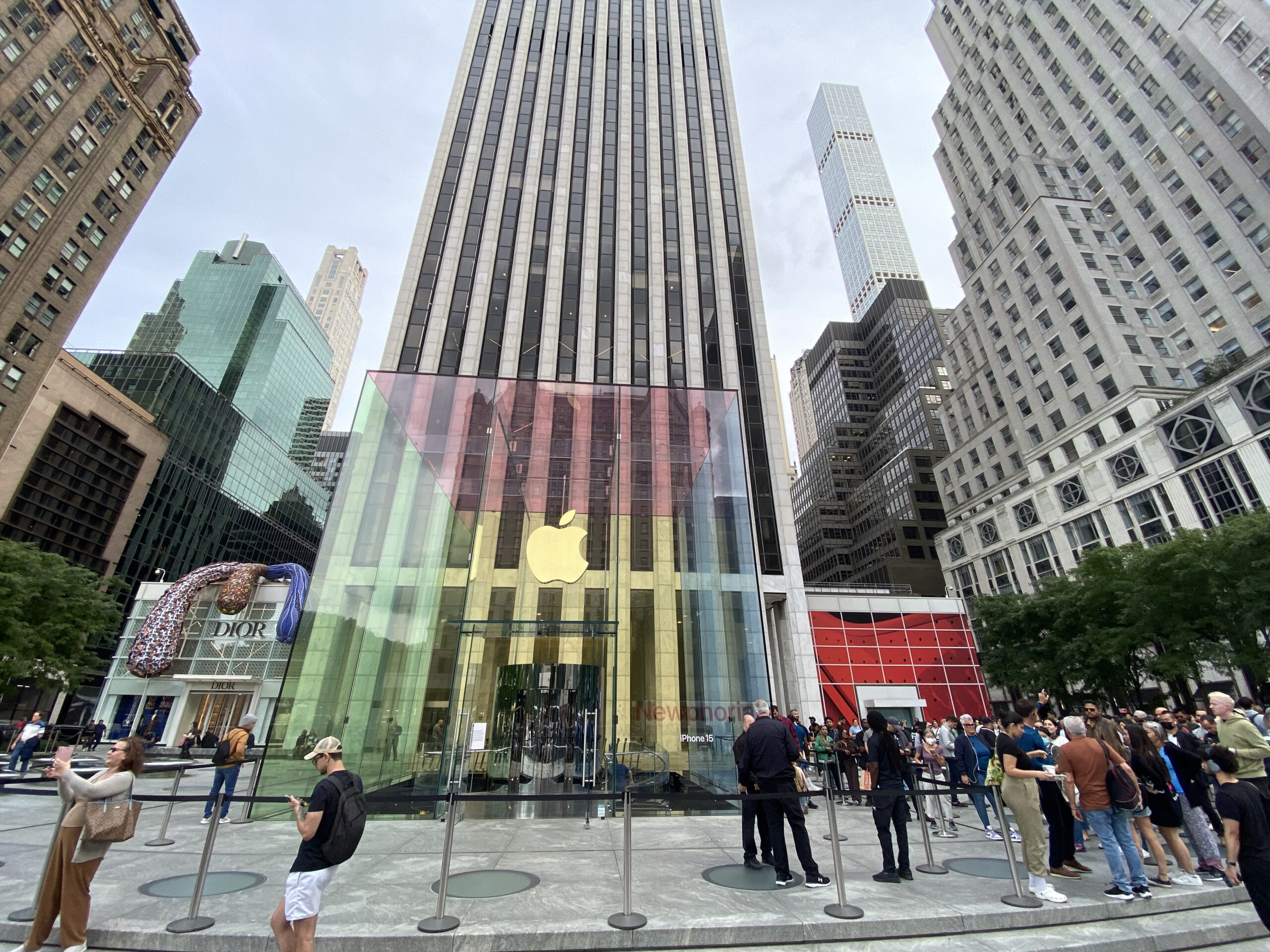The Tao of the Steves: Apple’s co-founders on the Patent Wars, Competition and Innovation
Woz isn’t a patent lawyer. He is an innovator. He’s not just any innovator, he is perhaps one of the most serially innovative people alive today. Besides inventing the Apple I and Apple II computers, he started companies that developed the first universal remote, created a wireless GPS tracker, and even one that built LEGO Robots! As a result, although he may not have studied economic theories of innovation, he intuitively gets how innovation happens in the real world.
With that in mind, its heartening to see Apple’s other Steve — the technology genius behind Steve Jobs’ business genius — denounce its scorched-earth patent campaign directed at snuffing out smartphone competition and innovation. In a recent Bloomberg interview Apple’s co-founder Steve Wozniak was quoted on Apple’s patent litigation strategy:
I hate it….I don’t think the decision of California will hold. And I don’t agree with it — very small things I don’t really call innovative.
I wish everybody would just agree to exchange all the patents and everybody can build the best forms they want to use everybody’s technologies.
The “small things” comment speaks to the relatively trivial nature of the patents Apple asserted against Samsung — everything from the rounded corners of the device to having the document being manipulated on screen “bounce back” when one reaches the edge — to the overall makeup of the modern day smartphone. In fact, the current smartphone ecosystem is characterized by companies making hundreds of incremental improvements and design changes in each new release and product update.
Apple certainly helped revolutionize the smartphone space with the original iPhone, but others — like Samsung and Motorola — have improved on aspects of the original design and functionality. These incremental improvements spur competition and innovation and drive Apple to innovate aggressively. In fact, as The Verge points out, many of iPhone 5’s improvements have been in direct response to the competition it has faced from Android.
With the iPhone 5, Apple has finally tackled key areas where its Android competition previously held an advantage: a larger display, high-speed 4G LTE networking, and an improved camera are all inside the new flagship iOS device. The company has also pushed forward its reputation for stellar build quality with a unibody aluminum shell that should scale back the number of Genius Bar visits for shattered rear casings — a particular problem for the fragile iPhone 4 / 4S. But how does the iPhone 5 rate against the latest handsets running Android and Windows Phone? With this launch, Apple is facing stiffer competition than ever before.
In fact, Woz implicitly references the concept of incremental innovation and the constant competition driven struggle to improve a product in the same interview in relation to the the iPhone 5’s improved picture quality:
I am always excited about every iPhone product because there are always good advances… A better quality on the pictures will mean a lot, because when I show people pictures on my iPhone 4 and my Galaxy S III, they always say the Galaxy S III, or even the Motorola Razr, pictures look better.
Having firms holding Apple’s feet to the fire is not just good for consumers, but it is also good for innovation. In fact, we have seen this before.
Nearly a half-century ago when the Asian automakers first began to challenge the U.S. giants GM and Ford, the Asian companies adopted the long-run, large scale production runs characteristic of their American competitors. However, as new entrants, they were more willing to make incremental innovations that the U.S. companies would not make. A paper by the prominent economist Jonathan Baker discusses how Nissan (and other Asian automakers) innovated in ways the U.S. companies did not:
Nissan organized its production operations mainly as an American process. The central difference between its production strategy and that of the Big Three domestic U.S. producers during the 1970s was not in the approach to production. Rather, the difference was in Nissan’s greater willingness to adopt improvements to the American process that speeded production and addressed the key problems of inventory management, production scheduling, and quality control. In optimizing the American production process, Nissan adopted production innovations known to the Big Three but not accepted as quickly or enthusiastically by the U.S. firms.
[See: “Fringe Firms and Incentives to Innovate,” Antitrust Law Journal, Vol. 63, No. 2 (Winter 1995), pp. 621-641]
Eventually, U.S. companies improved their processes and blended their strategies with the Japanese firms, producing a hybrid “agile manufacturing” process that the major global automakers use today. It was the competition in the same product market (and the quality increases and price reductions it hastened), that made consumers better off and spurred global innovation in automobile production.
We have seen this in the smartphone space as well. Although Apple revolutionized the “converged device” (as one tech columnist pointed out in 2007, the first iPhone wasn’t technically even a “smartphone”), their competitors were the first to offer both 3G and 4G wireless compatibility, the first to integrate a camera into a phone, the first to offer large screen sizes and, in fact, they have beaten Apple to the “Phablet” (combination phone and tablet). [Side note: Should Apple not be allowed to make an iPad mini because Samsung was the first to this space? Of course not.] As one recent HuffPo columnist pointed out, Apple “copied” many of the “revolutionary” features of the iPhone 5 from its Android competitors.
Although many of the uninformed media commenters echo a narrative of “theft,” the real story is much more complicated. Perhaps, at least in this case, the “property” metaphor lets us down by implying that standing on the shoulders of those who came before you is somehow wrong or morally evil.
Economic theory on innovation has moved beyond Schumpeter’s concept of monopolistic innovation and become far more targeted and nuanced. Competition and rivalry in both invention and innovation is now generally seen as the best way to facilitate innovation. As two pro-Intellectual Property scholars Robert Merges and Richard Nelson wrote, “given the way humans and organizations think and behave, we believe we are much better off with considerable rivalry in invention than with too little.”
Arguably, the best advice for innovating in a competitive market comes from the other Steve from Apple, Jobs himself, who said:
It comes down to trying to expose yourself to the best things humans have done and then trying to bring those things in to what you are doing. Picasso had a saying…good artists copy, great artists steal…we have always been shameless about stealing great ideas.
Although future innovators might be advised to use the word “improve” and not “steal” — particularly if they might later elect to carpet-bomb their own industry with infringement suits.








